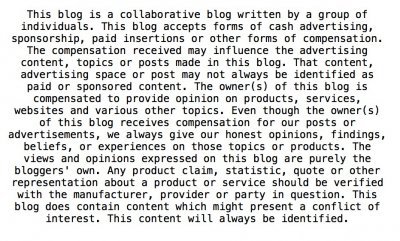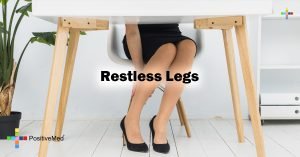A couple always imagines conceiving naturally and realizing their dream of parenthood. However, infertility can have always been unfair and a setback to realizing their dream of parenthood.

The good news is that infertility is not the end of the dream, thanks to the advancement in medical technology. Currently, more than ever before in history, there are more options to infertile couples hoping to have a child. Infertility diagnosis is no longer shameful (as considered in some quarters) or an opportunity to divorce.
Infertile couples can live together happily and realize their dream of building a family. Below are the top five family building option available to intended parents.
1. Surrogacy
Surrogacy is a family building process where an embryo is either created or donated for the intended parents then implanted into a woman’s uterus. It can be either traditional or gestational surrogacy.
In the case of traditional surrogacy, the surrogate mother provides the egg and is inseminated artificially, either by the intended father’s sperms and carries the baby to term. Therefore, the child is will be genetically related to both the egg recipient and the intended father.
Gestational surrogacy, on the other hand, is where an egg is removed from the intended mother and fertilized with the sperm of the intended father. The embryo or fertilized egg is then transferred to a mother who carries the fetus to term. Therefore, the child will be genetically related to both intended parents, but not the egg recipient.
2. Donor option
When one of the intended parents does not have a viable sperm or egg, they can opt for a gamete donation (egg or sperm). If this is the path taken, then one parent will always have a genetic connection with the child. Single women or men who desire to have a biological child and LGBTQ couples may consider using donor eggs or sperms in the conception process.
However, if neither of the intended parents has a healthy sperm or egg, they can opt for an embryo donation (already fertilized egg). Both sperm and egg used to create the embryo are donated by an anonymous donor or even a close relative. Also, embryos may be available from individuals who have undergone in-vitro fertilization treatment for infertility. Any embryo that was not used is usually cryopreserved and may be available for donation.
3. Adoption
There are lots of little toddlers who crave parental love, while you as a couple are struggling to have your own, there are others who would be more than happy to complete your family. Adoption is a family building option where a family brings up a child with whom they are not genetically related and claim the child as their own.
There are many forms of adoption. They include private domestic adoption where a couple adopts a child from a mother who has placed the said child up for adoption due to varying reasons. The adoption is within the country of residence.
Then there is the international adoption where a couple can adopt an older child or one with special needs from a foreign country. Lastly, there is foster care adoption where a child in foster care is legally free to be adopted. Such children often have their parents right over them terminated by the court.
4. Assisted Reproductive Technology (ART)
Often when a couple is diagnosed with infertility, the first step would be is o try and take fertility drugs. The drugs are intended to stimulate ovulation or increase sperm production to even thickening the uterine wall, among other reproductive health issues.
Now, when the drugs fail to work, they can opt for an assisted reproductive technology (ART). There are several medical procedures under ART that an infertile couple can choose to undertake.
For instance, there is the In-vitro fertilization (IVF) that involves harvesting of intended parents’ sperm and egg then fertilized before being implanted in the woman as an embryo. Also, Intracytoplasmic sperm injection (ICSI) is somehow like IVF.
If harvesting the egg is unnecessary, the sperms can be harvested and inserted directly into the uterine cavity. The process is referred to as Intrauterine insemination (IUI). Then there is assisted hatching to assist infertile couples’ embryo in hatching.
5. Living childfree
This is the last resort. Not all couples would agree to this, as a traditional home is known to include a child. However, this is an option that requires serious consideration.







